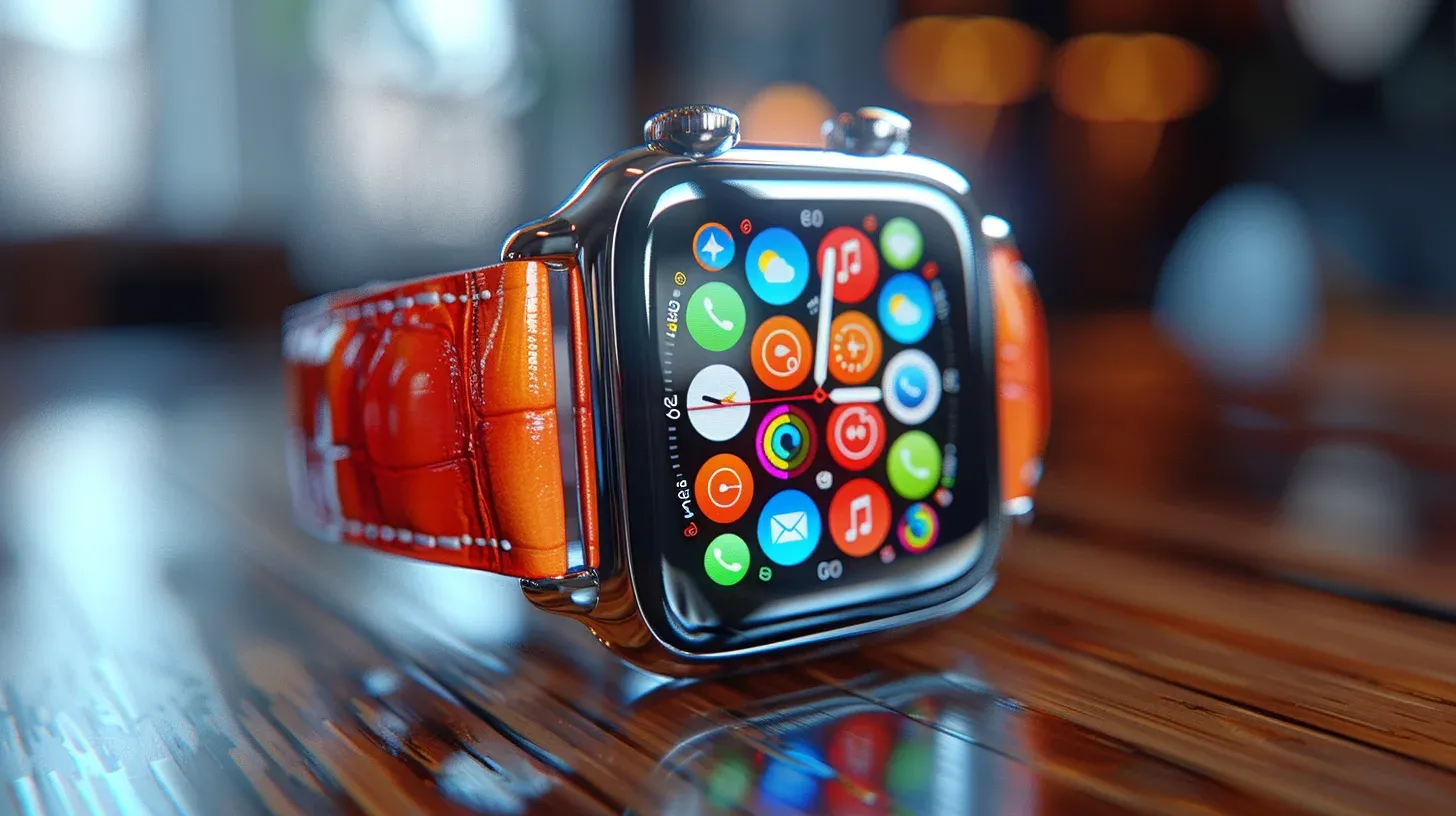25 February 2024
The Evolution of Smartwatches Outpacing Tradition and Redefining the Future.

Press the play button in the top right corner to listen to the article
The advent of smartwatches has revolutionized the way we think about and interact with technology, seamlessly integrating the capabilities of a smartphone into a device that sits comfortably on our wrist. Over the past decade, smartwatches have evolved from simple notification devices to sophisticated gadgets that offer a wide range of functionalities, including health monitoring, GPS navigation, and even mobile payment capabilities.
Initially introduced as accessories to smartphones, smartwatches have quickly become standalone devices with their own operating systems and app ecosystems. Companies like Apple, Samsung, and Garmin have been at the forefront of this innovation, pushing the boundaries of what a smartwatch can do. The Apple Watch, for instance, has become an indispensable tool for health and fitness, featuring heart rate monitoring, ECG functionality, and most recently, blood oxygen level detection.
The impact of smartwatches on traditional watchmaking has been significant but nuanced. While it's true that the younger generation may lean towards the functionality and connectivity offered by smartwatches, traditional timepieces remain highly valued for their craftsmanship, design, and status symbol. Luxury watch brands like Rolex and Patek Philippe continue to thrive, suggesting that traditional watches are not being eradicated but rather coexisting with their smart counterparts.
However, the convenience and utility of smartwatches have led to a decline in the market share of lower and mid-tier traditional watches. These devices cater to a digital-first audience, offering not just a way to tell time but a comprehensive lifestyle accessory that can track fitness, play music, and even handle calls and messages.
Looking towards the future, smartwatches are expected to become even more integrated into our daily lives. Advances in battery technology and more efficient processors will address some of the current limitations, such as short battery life. We can also anticipate further developments in health monitoring, with potential features like non-invasive blood glucose monitoring and advanced sleep tracking. Moreover, the integration of augmented reality (AR) could transform smartwatches into even more powerful tools for navigation, information retrieval, and virtual interaction.
The evolution of smartwatches presents an exciting confluence of technology, health, and connectivity. As these devices become increasingly sophisticated, they offer a glimpse into a future where technology serves to enhance our daily lives in more intimate and personalized ways. The journey of the smartwatch, from a novelty item to a ubiquitous accessory, underscores the rapid pace of technological innovation and the endless possibilities it holds.
The content, including articles, medical topics, and photographs, has been created exclusively using artificial intelligence (AI). While efforts are made for accuracy and relevance, we do not guarantee the completeness, timeliness, or validity of the content and assume no responsibility for any inaccuracies or omissions. Use of the content is at the user's own risk and is intended exclusively for informational purposes.
#botnews















































































